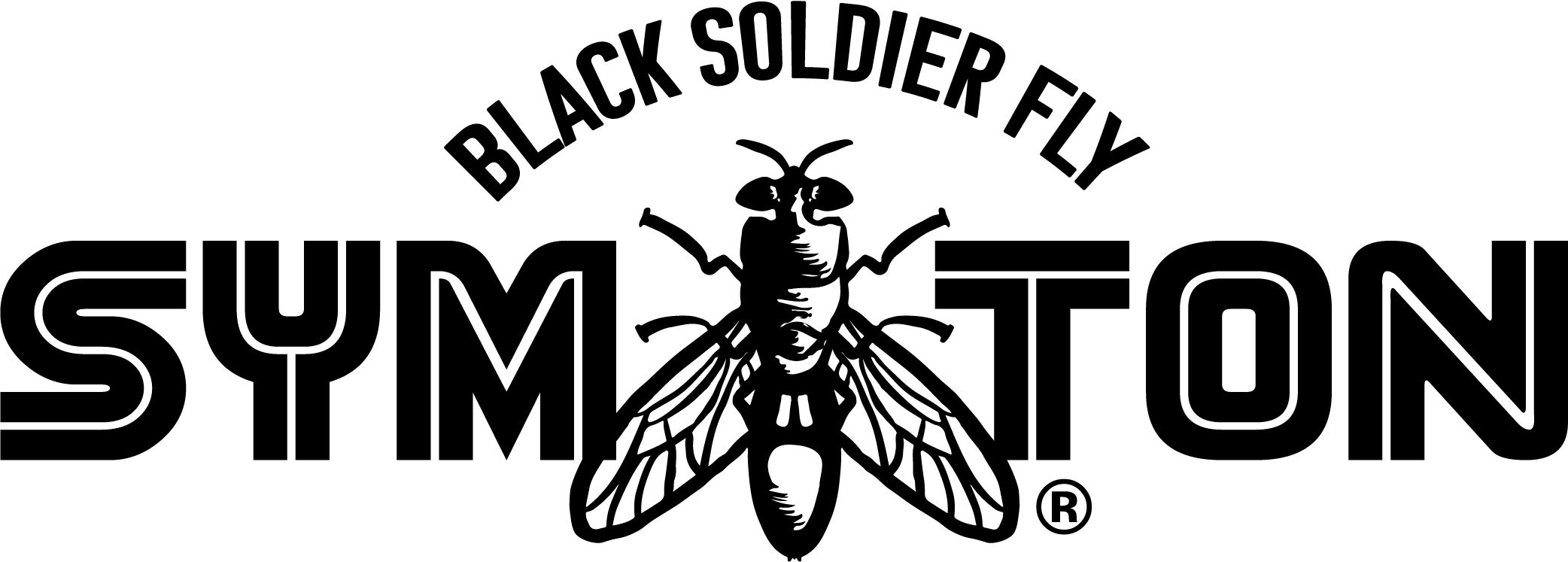Great product. Timely delivering and the larvae are thriving and growing.
Been a monthly customer since 2021! My Beardie love the larvae :)
My dragons love SYMTON black soldier fly larvae. Great quality bugs 👍🏽
Don’t overthink it just buy them I purchased the large 2000 ct. BSF Larvae and was more than happy and on the plus side they also sent more than 2000 will definitely be ordering more soon bearded dragons and geckos love them as well
All arrived alive and ready. Unfortunately the cold snap killed them.
